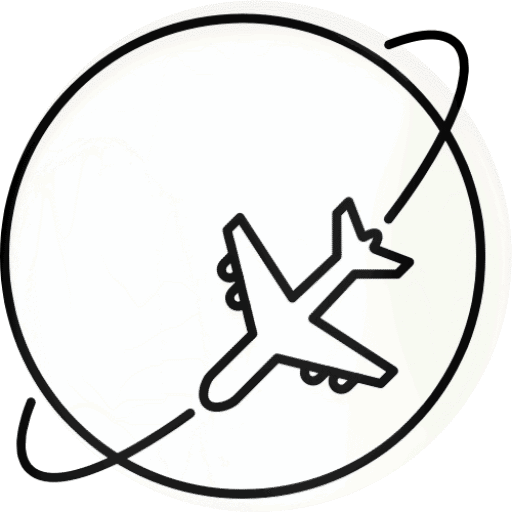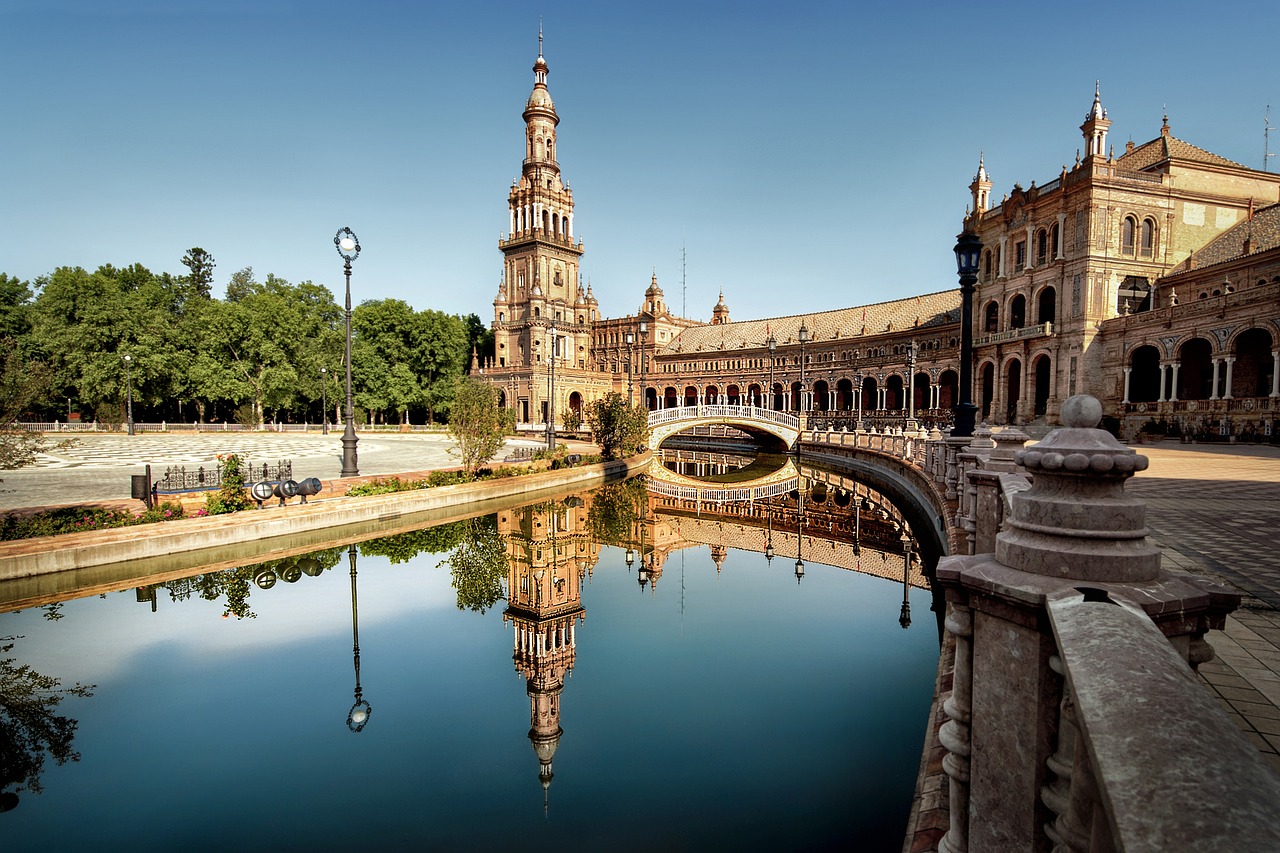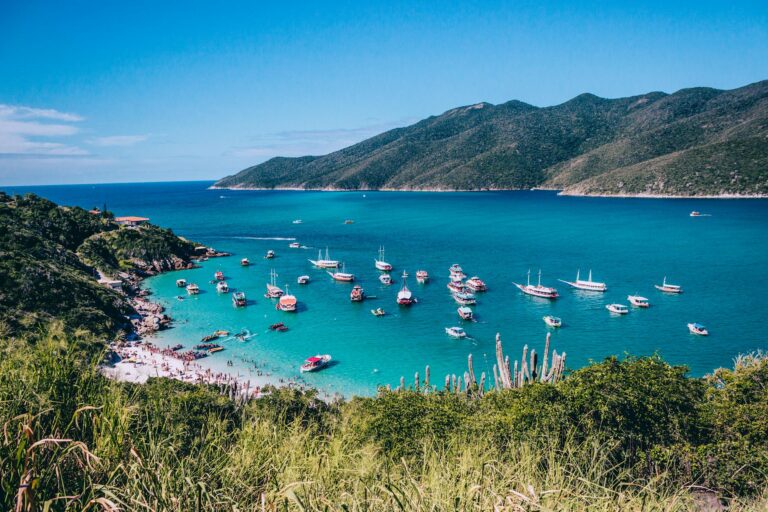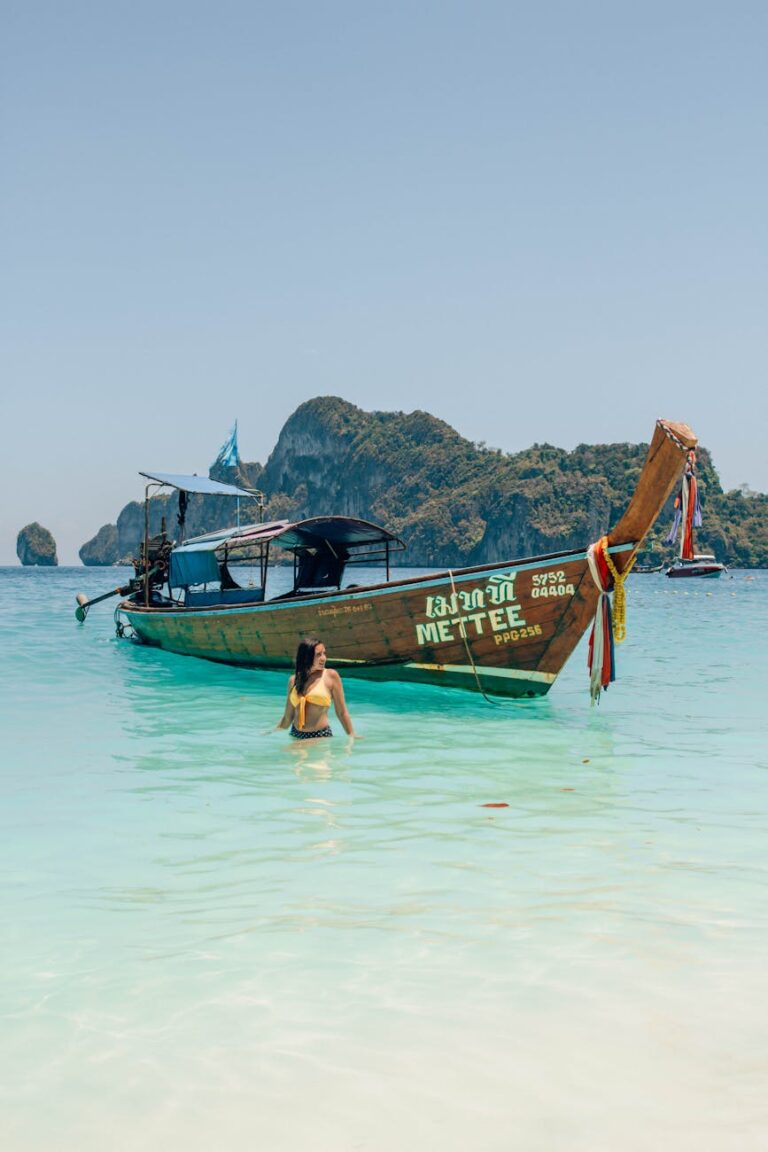The Complete Guide to Visiting Spain: Everything You Need for an Authentic Adventure
I. Pre-Trip Planning
A. Destination Research & Itinerary Crafting
Detailed Itinerary Creation
Spain’s diverse regions offer a rich tapestry of experiences. Decide whether you want to focus on one area—like Andalusia’s Moorish legacy, Northern Spain’s green hills, or the Mediterranean coast—or craft a route sampling several.
Example 10-Day Itinerary:
| Day | Region | Highlights |
|---|---|---|
| 1-2 | Madrid & Toledo | Prado Museum, Royal Palace, Toledo Cathedral |
| 3-4 | Córdoba & Seville | Mezquita, Alcázar, Flamenco |
| 5-6 | Granada & Almería | Alhambra, tapas, desert landscapes |
| 7-8 | Valencia | Arts & Sciences, paella on the beach |
| 9-10 | Barcelona | Sagrada Familia, Gothic Quarter |
Regional Route/Road Trip Planning
- Classic Andalucia Road Trip: Seville → Córdoba → Granada
- Northern Coast Route: San Sebastián → Bilbao → Santander
- Mediterranean Drive: Valencia → Alicante → Cartagena
Tip: Spain’s high-speed trains (AVE) make multi-region itineraries easy.
Off-the-Beaten-Path Exploration
- Extremadura: Roman ruins in Mérida, medieval Cáceres.
- La Rioja: Vineyard tours and quaint villages.
- Asturias: Picos de Europa National Park and cider houses.
Comparative Destination Itineraries
| Traveler Type | Recommended Destinations |
|---|---|
| Art & Culture Lovers | Madrid, Barcelona, Granada |
| Beach & Nightlife Seekers | Ibiza, Marbella, Barcelona |
| Foodies | San Sebastián, Valencia, Seville |
| Nature Enthusiasts | Picos de Europa, Pyrenees, Canary Islands |
“Spain’s diversity is its strength—no two regions feel the same, and you’ll never run out of places to discover.” — Lonely Planet
B. Getting There
Flight Options Research
- Major Entry Points: Madrid-Barajas (MAD), Barcelona El Prat (BCN), Málaga-Costa del Sol (AGP)
- Budget Airlines: Vueling, Iberia Express, Ryanair
- Direct Flights: U.S., Canada, and most of Europe have direct connections to Madrid or Barcelona.
Multi-Modal Transport to Destination
- Trains: Connect Madrid to most cities; Renfe offers AVE high-speed routes.
- Buses: Alsa and Avanza connect towns not served by trains.
- Car Rentals: Ideal for rural explorations, mountain drives, or the Costa Brava.
- Ferries: Link Spain to Morocco, Italy, and the Balearic/Canary Islands.
C. Accommodation
Specific Accommodation Search
Use platforms like Booking.com, Airbnb, and Hostelworld. For unique experiences, try rural “casas rurales” or sleep in a parador (historic building hotel).
Compare Accommodation Types
| Type | Price Range/Night | Features |
|---|---|---|
| Hostel | €15–€40 | Social vibe, shared rooms |
| Budget Hotel | €35–€80 | Private, basic services |
| Mid-range | €70–€150 | Breakfast, central locations |
| Parador | €100–€300 | Historic, luxurious, regional cuisine |
| Apartment | €50–€200 | Kitchen, local living experience |
Unique Lodging Experiences
- Cave Houses (Granada)
- Old Town Apartments (Seville/Barcelona)
- Countryside Fincas (Mallorca, Menorca)
- Parador Castles (León, Jaén, Santiago de Compostela)
D. Budgeting
Detailed Daily Budget Breakdown
| Daily Expenses | Budget (€) | Mid-Range (€) | Luxury (€) |
|---|---|---|---|
| Accommodation | 25 | 70 | 200 |
| Food & Drink | 10–20 | 35 | 75 |
| Transport | 5–15 | 20 | 70 |
| Activities | 10 | 25 | 85 |
| Miscellaneous | 5 | 15 | 40 |
| Total/Day | 55–75 | 150 | 470+ |
Total Trip Budget Estimation
- One week backpacking: €400–€650
- Mid-range comfort: €900–€1200
- Luxury: €2500+ (including upscale dining and experiences)
Cost-Saving Tips
- Book train tickets early for discounts.
- Eat lunch at “menu del día” restaurants for bargains.
- Consider city/transport cards for museums and public transit.
E. Packing, Documents & Health Prep
Context-Specific Packing List
- Lightweight clothes for hot summers; a jacket for evenings.
- Power adapter (Type C or F; 230V).
- Comfortable walking shoes.
- Swimsuit and quick-dry towel (for beaches or pools).
- Umbrella or raincoat (for the north, spring/autumn).
Visa, Entry & Essential Documents
- EU/EEA citizens: Passport or national ID.
- USA, Canada, Australia: Passport, no visa for <90 days.
- Others: Schengen visa may be required—check Spanish consulate for details.
- Travel insurance: Strongly recommended.
Health Advisories & Vaccinations
- Standard travel vaccines up to date (MMR, DTP, polio, hepatitis A).
- Sun protection: SPF 30+ and consider a hat.
- Pharmacies (“farmacia”) offer medication and support in most towns.
II. Cultural Immersion & Communication
A. Language & Basic Interaction
Essential Phrases with Context
| Situation | Spanish Phrase | English |
|---|---|---|
| Greeting | Hola | Hello |
| Restaurant | ¿La cuenta, por favor? | The bill, please |
| Directions | ¿Dónde está…? | Where is…? |
| Shopping | ¿Cuánto cuesta? | How much does it cost? |
Translate Specific Phrases
- “I don’t eat meat.” = “No como carne.”
- “Do you have a menu in English?” = “¿Tiene un menú en inglés?”
- “I’m allergic to nuts.” = “Soy alérgico a los frutos secos.”
Communicating Specific Needs
When in doubt, write down your dietary restrictions or special needs and show them at restaurants or hotels. Many establishments in cities speak basic English, but a translation app is handy.
B. Customs & Etiquette
Key Cultural Etiquette & Tipping
- Meal times: Lunch is 1:30–3:30pm, dinner rarely before 8:30pm.
- Tipping: Not expected, but rounding up bills or leaving small change is appreciated.
- Greetings: A kiss on each cheek among locals; handshake in business.
Understanding Specific Local Customs
- Siesta: Some shops close afternoons (2–5pm).
- Festivals: Dress modestly for religious events.
- Queueing: Stand in line, take number in delis/banks (“turno”).
III. On-the-Ground Experiences
A. Food, Drink & Shopping
- Tapas (Seville): Small shared plates, try espinacas con garbanzos, jamón ibérico.
- Paella (Valencia): Saffron rice with seafood/chicken/rabbit.
- Pintxos (San Sebastián): Topped baguette slices, perfect for bar hopping.
- Churros con chocolate (Madrid).
Restaurant Recommendations for Dietary Needs
- Vegetarian/Vegan: Teresa Carles (Barcelona/Madrid), El Huerto de Lucas (Madrid)
- Gluten-free: Celicioso (Madrid), Tapas 24 (Barcelona)
- Always check “sin gluten” or “sin lactosa” options.
Navigating Local Markets
Don’t miss:
- Mercado de San Miguel (Madrid)
- La Boqueria (Barcelona)
- Mercado Central (Valencia)
Great for sampling regional cheeses, olives, dry-cured meats, and fresh juices.
Unique Shopping Experiences
- Artisan flamenco shoes in Seville
- Leather goods in Ubrique
- Hand-painted ceramics in Talavera de la Reina
B. Activities & Sightseeing
Theme-Based Day Trip Ideas
| Interest | Day Trip Idea |
|---|---|
| History | Segovia’s Roman aqueduct |
| Nature | Caminito del Rey (Málaga) |
| Wine & Food | La Rioja bodega tours |
| Art | Salvador Dalí Museum (Figueres) |
C. Local Events & Festivals
- La Tomatina (Buñol, August): World’s biggest tomato fight.
- Semana Santa (Andalusia, Easter): Stunning religious processions.
- Fallas (Valencia, March): Gigantic sculptures, fireworks.
Tip: Book accommodations early during festivals!
D. Deeper Learning & Enrichment
Historical/Educational Insights for Sites
- Alhambra Palace: Moorish architecture, UNESCO protected.
- Sagrada Familia: Gaudí’s masterpiece, ongoing construction since 1882.
- Museo del Prado: Home to works by Goya, Velázquez, Bosch.
Educational Resources for Trip Context
- Read “Homage to Catalonia” (Orwell) for civil war context.
- Try podcasts like “Notes in Spanish” for language immersion.
E. Travel Entertainment
Entertainment for Long Journeys
- Download Spotify/Apple Music playlists with flamenco and Spanish pop.
- Watch Spanish films—Almodóvar’s movies offer local flavor.
- Carry paperbacks set in Spain, e.g., “The Shadow of the Wind” (Zafón).
Layover Activities
If in Madrid or Barcelona:
- Madrid: Take the metro to El Retiro Park or Prado Museum.
- Barcelona: Express bus to the city center for tapas and a stroll along La Rambla.
Frequently Asked Questions
Q: Is Spain safe for solo travelers?
A: Yes, Spain is one of the safest countries in Europe. Exercise normal precautions, especially in tourist hotspots against pickpocketing.
Q: What’s the best time to visit?
A: Spring (April–June) and fall (September–November) offer pleasant weather and fewer crowds.
Q: Do I need to speak Spanish?
A: Basic Spanish is helpful, especially off the tourist path, but English is widely understood in major destinations.
Q: Is it easy to go vegetarian/vegan in Spain?
A: Yes, especially in larger cities where vegan/vegetarian restaurants and supermarket options abound.
Q: How can I make the most of Spanish festivals?
A: Arrive early, dress for the event (sometimes white for La Tomatina), and join locals respectfully.
“Spain is more than a destination; it’s a celebration of life—fiery, spontaneous, and deeply rooted in tradition.”
Start your Spanish adventure today, and let every day surprise you. ¡Buen viaje!





